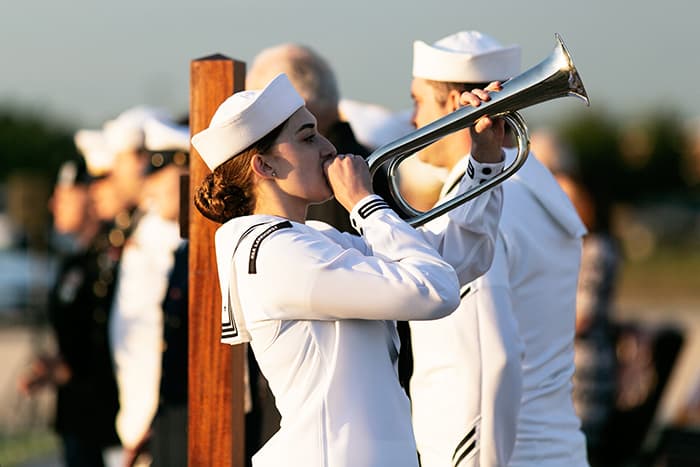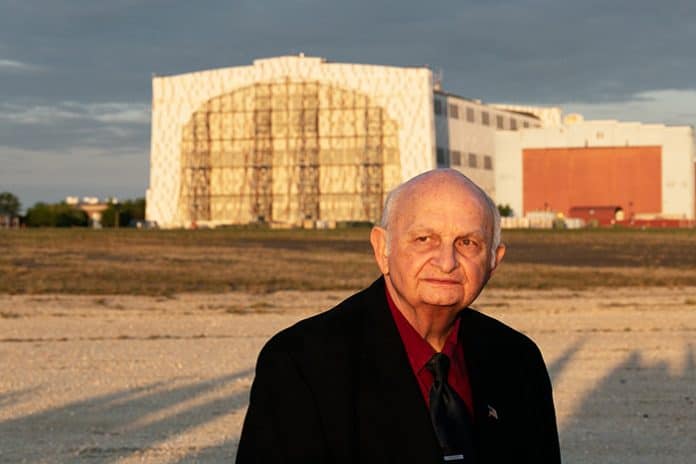
MANCHESTER – The exact spot is in the middle of a large, empty field, outlined in yellow and marked with a commemorative plaque: Historic Landmark Commemorating the 50th anniversary of the Airship Hindenburg disaster on this site, May 6, 1937, 7:25 p.m. 36 people perished.
It is 32 years later from when that plaque was laid, the 82nd anniversary of the Hindenburg crash. The word repeatedly used Monday night was “somber,” and not only in remembrance of those who died on the airfield eight decades ago, but for the fallen troops lost in Iraq and Afghanistan.
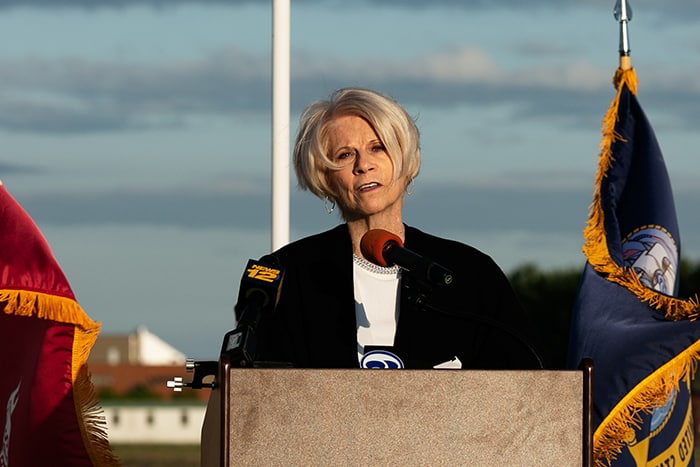
The annual remembrance is hosted by the Navy Lakehurst Historical Society and Joint Base McGuire-Dix-Lakehurst, the modern-day site of the crash that happened at the airship capital of world back in 1937.
“We remember the lives tragically lost,” said Captain Muhammad Khan, commanding officer naval support activity Lakehurst. He lauded those who displayed heroism and finds inspiration in the individual stories of those who showed “bravery, selflessness and courage.” “Heroes are made in the moment. Bravery is a choice.”
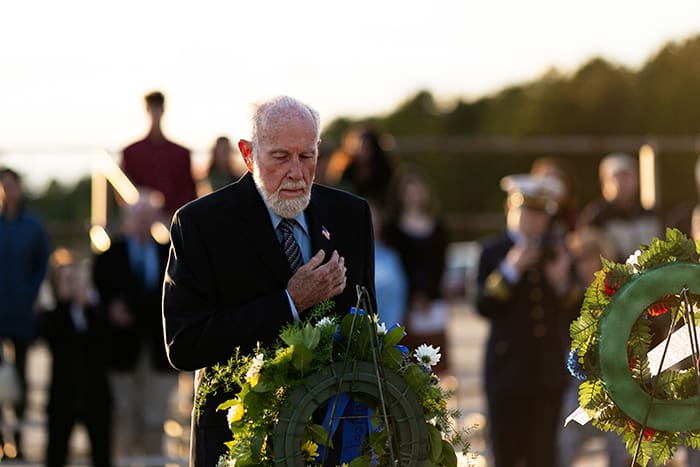
The age of airship travel began in the early 1920s with the United States, Great Britain and Germany leading the way. By the 1930s, only Germany pursued airship development. The dirigibles cut travel time by weeks and one, the Graf Zeppelin, completed a 990,000-mile around-the-globe flight.
The Hindenburg was an 804-foot-long dirigible capable of speeds up to 84 mph. It had a successful first year of transatlantic flights in 1936, making 10 trips and carrying more than 1,000 passengers total from Germany to the United States. Its first scheduled transatlantic trip for 1937 left from Frankfurt, Germany, on May 3, 1937, with 36 passengers and 61 crewmen. A line of thunderstorms near the Lakehurst Naval Air Station in Manchester delayed the Hindenburg’s landing for several hours May 6. But finally, around 7 p.m., the crew was given the all-clear to land. At 7:25 p.m., the Hindenburg burst into flames and in less than a minute dropped to the ground.
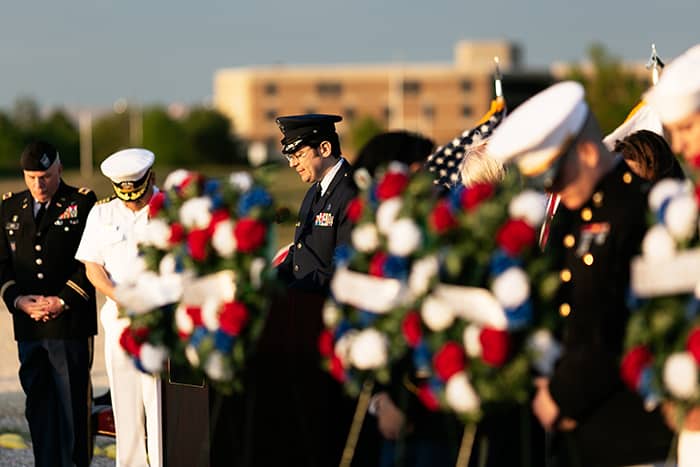
Thirty-six people – 13 passengers, 22 crew, and one ground crew member – died.
The age of airships died as well.
Ocean County Freeholder Director Virginia Haines, whose mother worked as a nurse on base, and was there the evening of the Hindenburg disaster, stayed in touch with Walter and Werner Doehner, two brothers, then ages 10 and 8 respectively, who survived the crash.
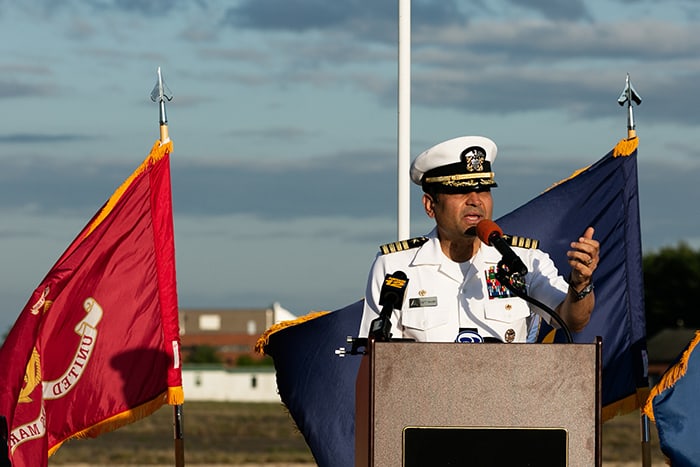
She called the tragedy the “biggest historical event” of that time. Although the ground that guests stood on was hallowed, Haines said everyone needs to remember its part of an active base – Joint Base McGuire-Dix-Lakehurst – that’s a large part of Ocean County’s economy. Dr. Horst Schirmer, the son of the Hindenburg’s aerodynamical engineer, agreed, that the base occupies not only an important place in aviation history, but its future.
